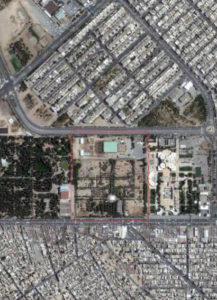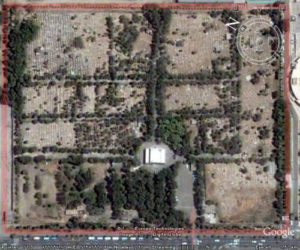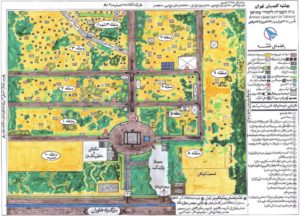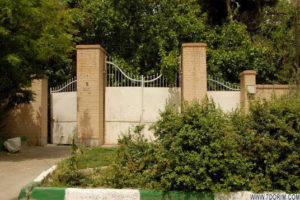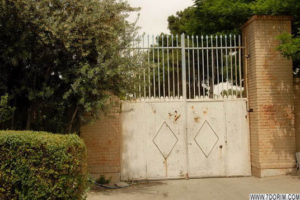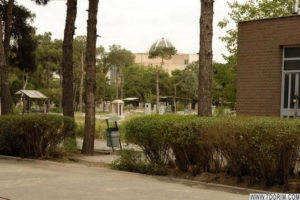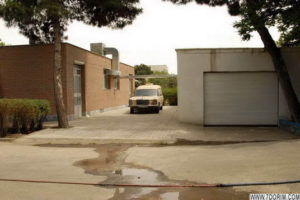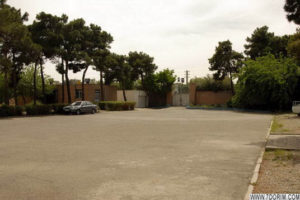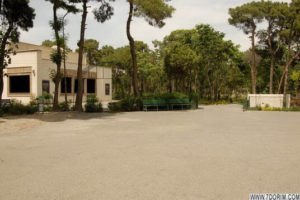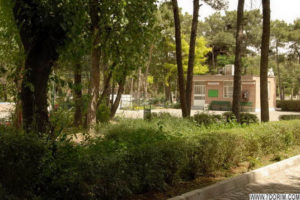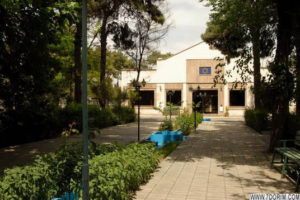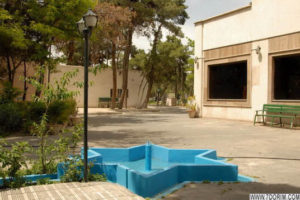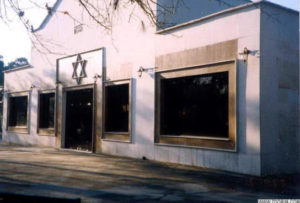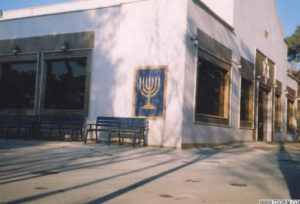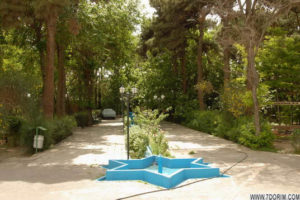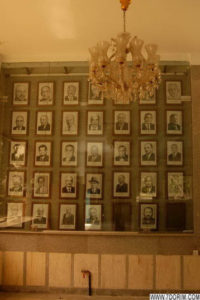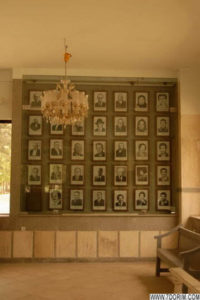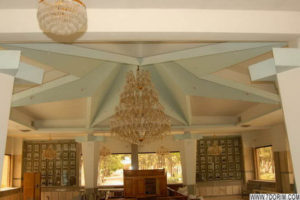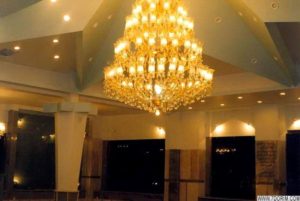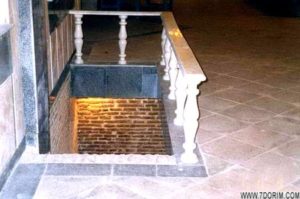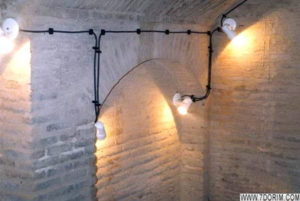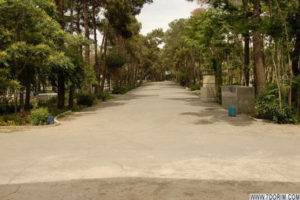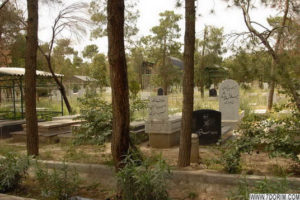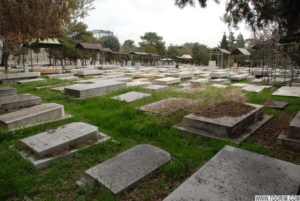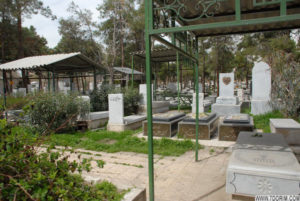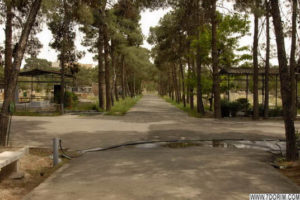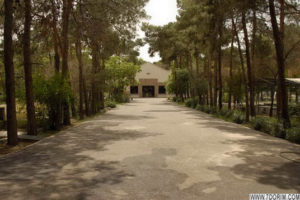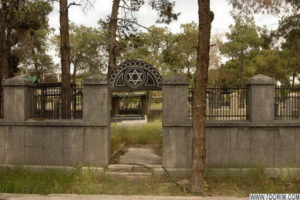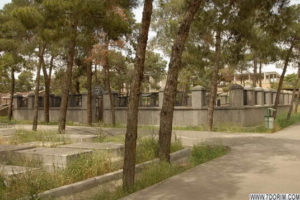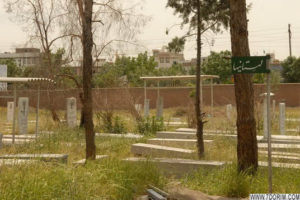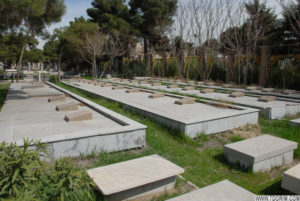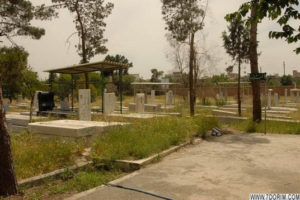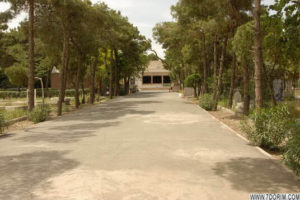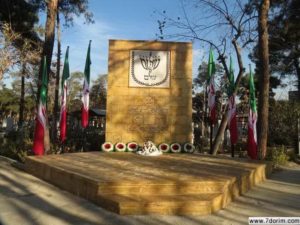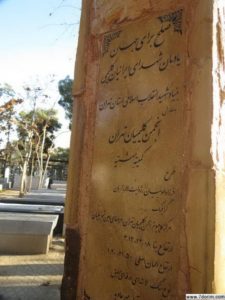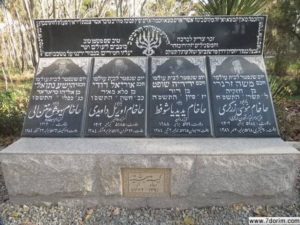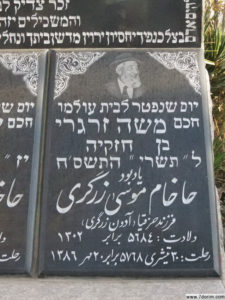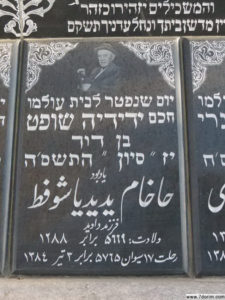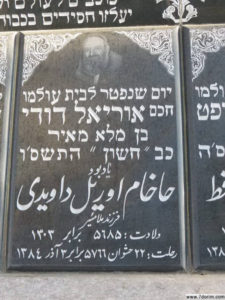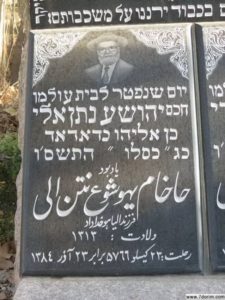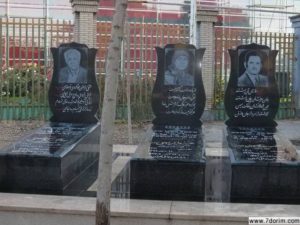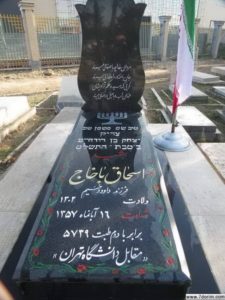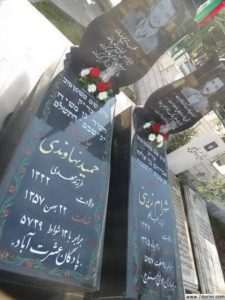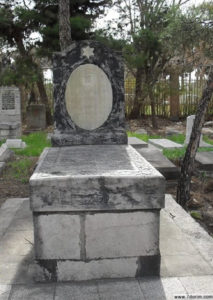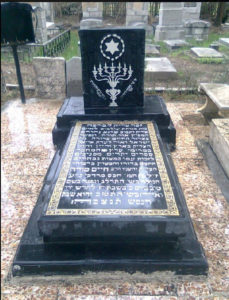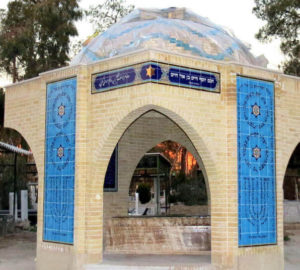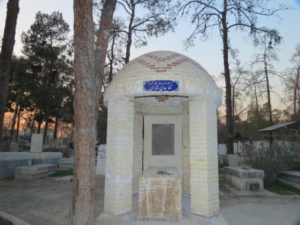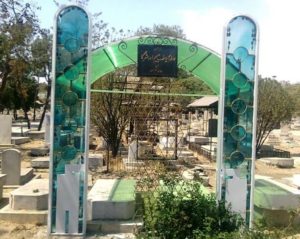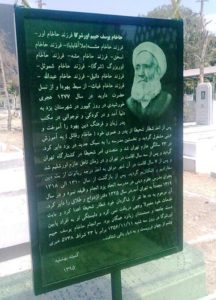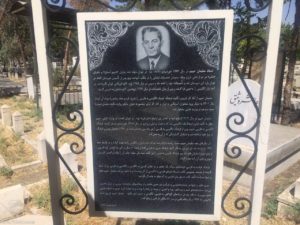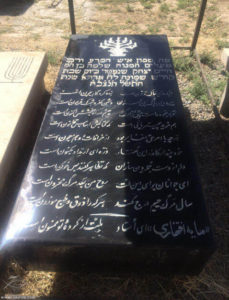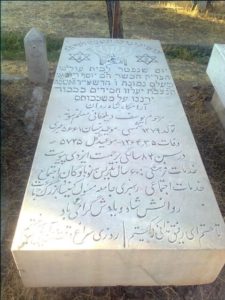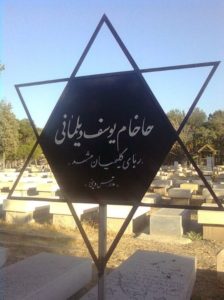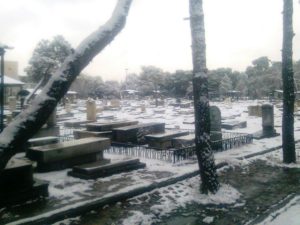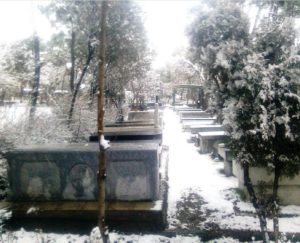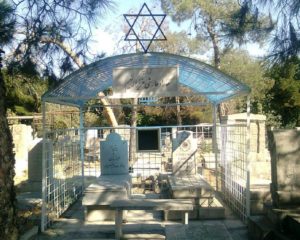Click here to search or visit burials in the Beheshtiyeh (Khavaran) Cemetery
Beheshtiyeh Jewish Cemetery, Tehran
The Jewish Dedication to Faith
Throughout their history in Iran, Iranian Jews have taken various measures to uphold their religious obligations and traditions, one of which is establishing cemeteries under the supervision of community leaders in accordance with Jewish principles, particularly in matters related to the deceased, shrouding, and burial.
The dispersion of Jewish communities around the world and their exposure to surrounding cultures have led to some variations in these customs, particularly in mourning ceremonies on personal and religious occasions. However, in the Jewish cities of Iran, these differences have been very minor and negligible, even from the distant past.
Beheshtiyeh Cemetery
The Beheshtiyeh Cemetery, the fourth dedicated Jewish cemetery in Tehran, was established in 1936 (5696 Hebrew) in southern Tehran on Khorasan Road, on the Soleimaniyeh lands.
Initial team
The initial architect was a Russian named Badanski. The construction was carried out by the late Jahangir Banayan, with assistance from Loghman Mikael and Davoud Elghanian as supervisors. Yosef Hendizadeh and Eshagh Nowbahar also provided valuable assistance in executing this important project.
Predecessor cemeteries
The Beheshtiyeh Cemetery in Tehran, also known as the Khavaran Jewish Cemetery, is the fourth Jewish cemetery in Tehran. It is preceded by the Sepah Street Cemetery (established during the reign of Karim Khan Zand from 1751 to 1779, corresponding to 5506 to 5629 Hebrew), the Seh Rah Daangi Cemetery in the Jewish Quarter, and the Mazandaran Street Cemetery (established during the reign of Naser al-Din Shah Qajar from 1848 to 1896, corresponding to 5629 to 5696 Hebrew). This cemetery holds significant religious and historical value for Iranian Jews.
Sections and prominent figures
Spanning 70,905 square meters, the complex houses the graves of prominent Jewish community members. These include Rabbi Solomon Haim, author of bilingual dictionaries; Taleh Hamdani, the national poet of the Jews; Jeanette Cohensedgh, an Iranian track and field champion; Shmuel Haim; Rabbi Haim Moreh; Aziz Daneshrad; Dr. Manuchehr Nikruz, Jewish representative in the Iranian Parliament; Morteza Yafe, a longtime servant of the cemetery; and martyrs of the Islamic Revolution and the Iran-Iraq War.
Among the special tombs in this complex are the graves of Madame Esther and Mashhadis.
A notable feature of this cemetery is the Polish Jewish section, which serves as the burial place for Polish Jews who sought refuge in Iran during World War II.
Renovation and discovery
The cemetery has a meeting hall that was renovated in 2004 by the Tehran Jewish Committee. During the renovation, a cistern was discovered under the hall. After its restoration, the authorities decided to create a museum dedicated to samples of ancient gravestones from all over Iran.
Click here to visit other burials of the Beheshtiyeh Tehran (Khavaran) Cemetery.
Images of Prominent Figures
This section honors the learned and benevolent figures of Iranian Jewry, who played a significant role in reviving and refining Iranian society through their commitment to human values and sacrifices.
Clock on the button on the side to see or search for graves.

Your help
The 7Dorim site is an independent and non-profit cultural research and study center, without a doubt this goal will not be possible without your material and spiritual cooperation.


 فارسی
فارسی
